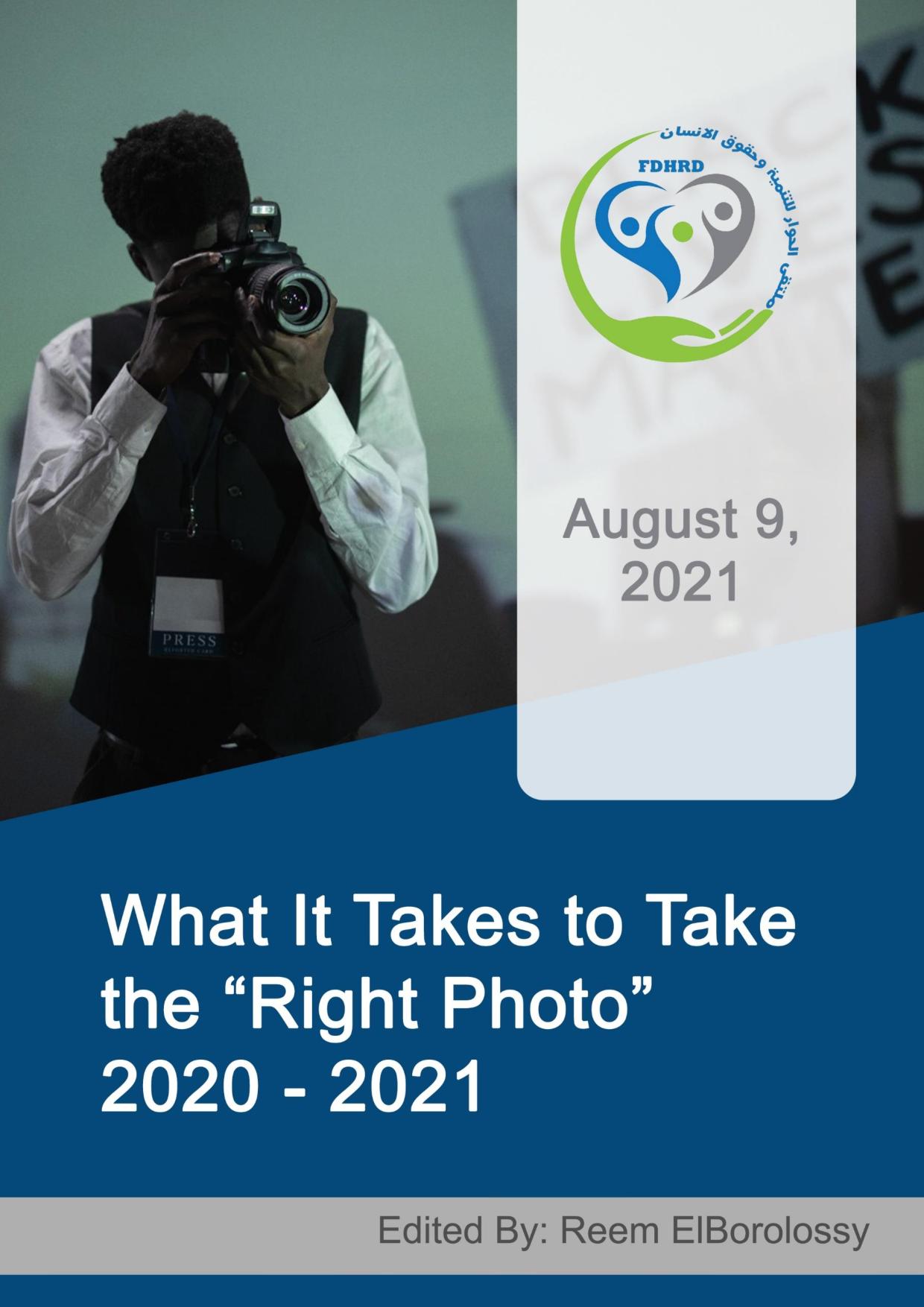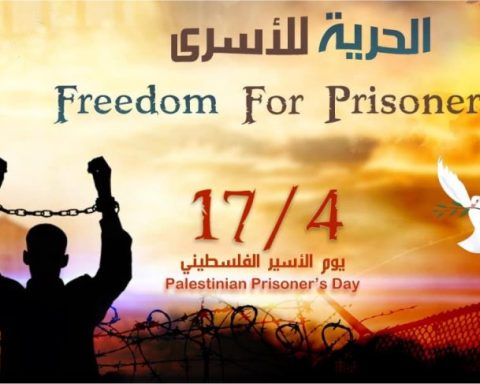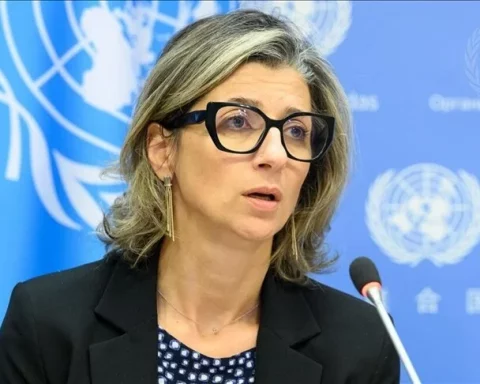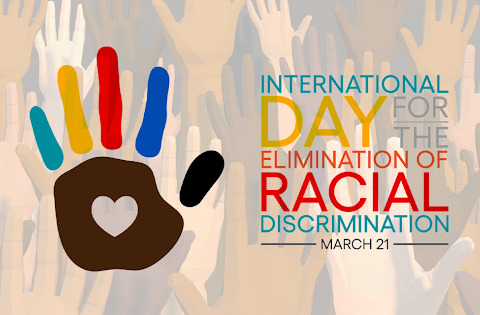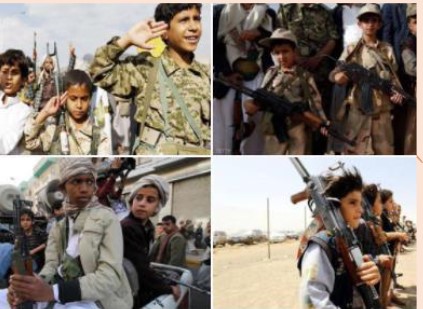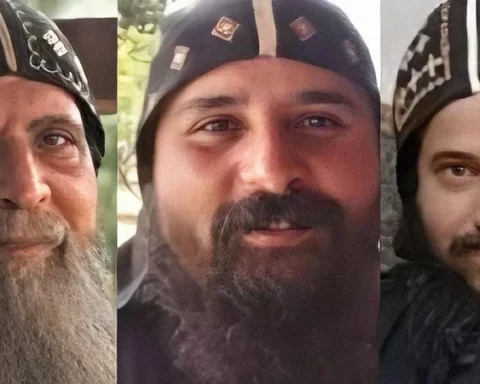Monday 9th of August 2021
Press Release
The Forum for Development and Human Rights Dialogue issues a report entitled
(What it Takes to Take the “Right Photo”)
(2020-2021)
—————————
Today, Monday, August 9, 2021, The Freedom of Speech and Expression Programme at the Forum for Development and Human Rights Dialogue issued a report entitled (What it Takes to Take the “Right Photo” 2020-2021).
The report discusses the struggles and violations that photojournalists, videographers and reporters face while exercising their jobs in the field of journalism. The report elaborates the nature of their work as well as international treaties and laws that have been set to protect their rights. The report then states the violations that they are subjected to on a daily basis.
The report applies these facts to the United States of America with examples of violations that occur to photojournalists and reporters in the country. The report concludes with some recommendations to help protect the rights of people most vulnerable to such harassment, as the field of photojournalism remains a fertile ground for many human rights violations with its workers exposed to many risks every day.
With regard to efforts to protect the rights of photojournalists and reporters, the report indicates that efforts to protect journalists of all kinds have increased significantly in recent years due to the serious risks they may be exposed to due to the nature of their work. The protection of journalists has been emphasized in many regional and international laws and treaties, and therefore many international laws and treaties have been established to protect their rights, such as the Universal Declaration of Human Rights, the International Humanitarian Law, the Geneva Conventions and their protocols, and the International Covenant on Civil and Political Rights, in addition to many of the resolutions adopted by the United Nations Human Rights Council, the United Nations Security Council and the Council of Europe. Moreover, there have been significant efforts made in this regard by NGOs such as Reporters Without Borders, the International Committee of the Red Cross, and the International Federation of Journalists.
As for the human rights violations faced by photojournalists and reporters, the report highlights that they are often subjected to violence, abuse, fear, brutality, sexual harassment, arbitrary arrests, imprisonment, threats, torture and discrimination because of their gender, race, ethnicity, class or ability. Journalists’ properties, such as photographic materials and cameras, can also be confiscated or destroyed as a measure of control or intimidation.
The report furthermore shows that according to the Committee to Protect, the main groups affected by such violations are reporters (28%), broadcast reporters (24%), editors (16%), camera operators (14%) and photographers (9%).
On the other hand, the report mentions that UNESCO recorded the killing of (67) journalists in countries experiencing armed conflict, (23) of which were working in direct reporting about hostilities on the battlefield between 2018 and 2019, compared to (89) journalists who were killed in other countries with no armed conflict.
However, the actual number of deliberate attacks against journalists may be higher than the statistics indicate, as not all journalists report attacks committed against them because they fear that this will increase their vulnerability. In addition, many aspects cannot be measured with accurate statistics as is the case with the psychological damage that war journalists face.
The report also indicated that in 2020, Somalia, Syria, Iraq and South Sudan occupied the four worst places in the list of countries that have violence against journalists and that there was complete impunity in 83% of those cases with the perpetrators not prosecuted, according to the Committee to Protect Journalists.
With regard to violations against photojournalists and reporters in the United States of America, the report states that in 2020, the American Press Freedom Tracker documented 139 arrests or detainments of journalists, 427 journalists assaulted and 37 journalists/new organizations subpoenaed. In 2021, the Tracker documented 54 arrests or detainments of journalists, 83 journalists assaulted and nine journalists/new organizations subpoenaed.
The report also clarifies that over the past two years, there have been many incidents in which photojournalists and reporters have been assaulted while covering Black Lives Matter protests in 2020 and 2021 especially during the protests against discrimination after the death of George Perry Floyd.
In this context, the US Press Freedom Tracker has verified that an unprecedented number of journalists have been assaulted, arrested, or prevented from documenting events, with more than (930) incidents reported in (79) cities, which indicates the extent to which the government has gone to silence the voices of journalists.
The report concluded with some recommendations, the most important of which were:
Building cooperation and alliances between civil society, media organisations, the United Nations, academia, judiciary and governments to build a functional safe media framework that protects photojournalists, videographers and reporters covering crises around the world.
Journalists must be fully equipped with appropriate protective equipment for the situation. In extreme circumstances, this could include the wearing of bodysuits, helmets, body armours and bulletproof vests.
Photographers and journalists must carry detectors or take tablets to prevent potential biological, chemical or nuclear agents when necessary.
Journalists must choose carefully where they will monitor the conflict by researching the politics, history and behaviour of all armed groups active in an area.


